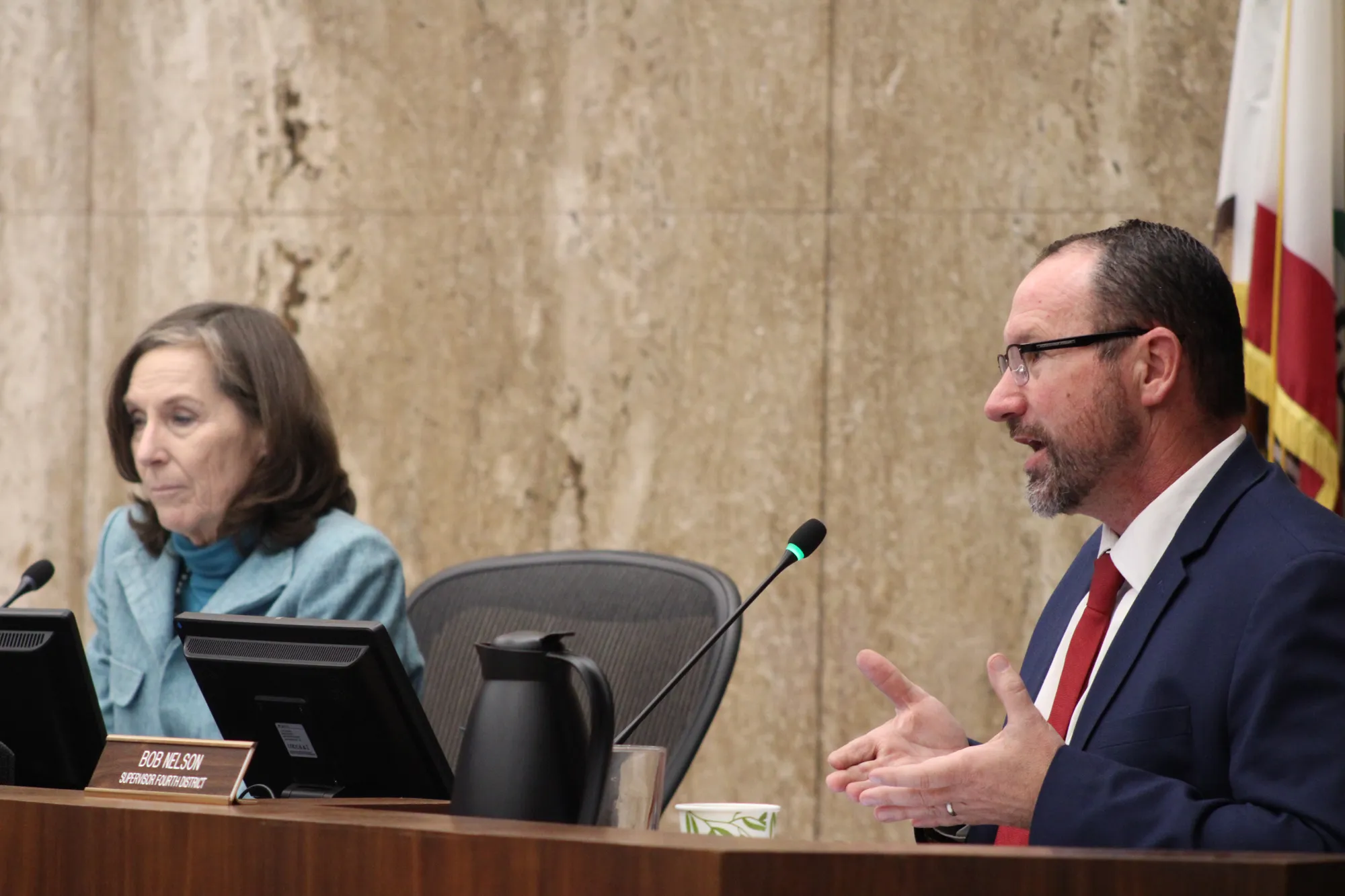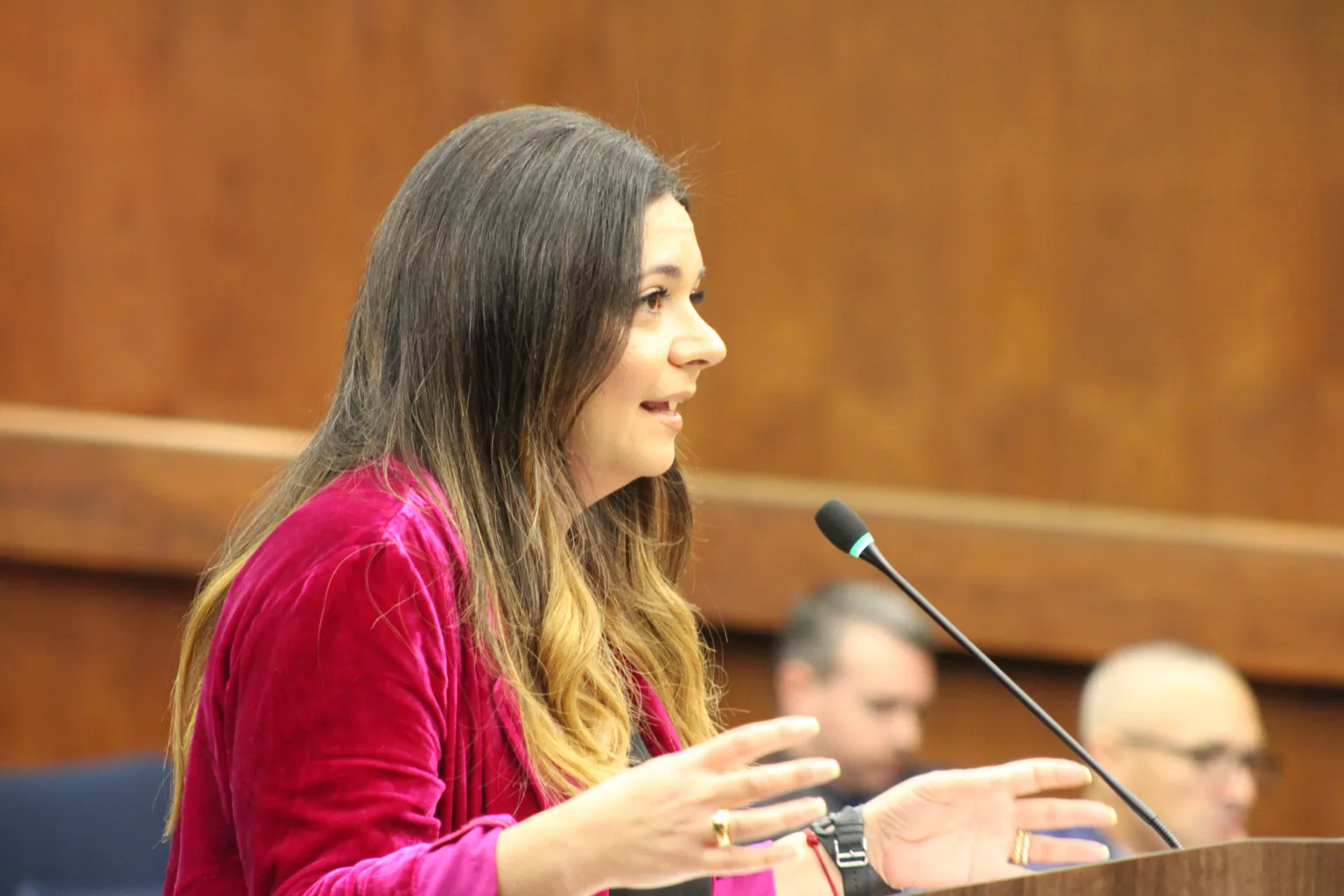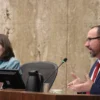After years of work on an ordinance for agritourism uses on agriculture properties, the Santa Barbara County Board of Supervisors on Tuesday approved the Agricultural Enterprise Ordinance

By: Rebecca Caraway, Noozhawk Staff Writer
Published on December 10, 2024

After years of work on an ordinance for agritourism uses on agriculture properties, the Santa Barbara County Board of Supervisors on Tuesday approved the Agricultural Enterprise Ordinance — but not without first making some last-minute changes to the rules for small-scale campgrounds.
The ordinance will allow farms and agricultural properties to get into the agritourism business by adding campgrounds, farmstays, special events and tours.
Events could include cooking classes, farm-to-table dinners, weddings, writing and yoga workshops, bike races and equestrian rides.
Additionally, the ordinance will allow vineyards to serve food in wine tasting rooms.
“What we’re trying to do here is help existing agriculture with some additional uses with a very low permit level so they can stabilize their income during the ups and downs of what is a very difficult way to make a living, but the biggest industry in our county,” Third District Supervisor Joan Hartmann said.
The Santa Barbara County Planning Commission had several meetings during the past 11 months to discuss the ordinance and make recommendations before it went to the Board of Supervisors.
The Board of Supervisors previously discussed the ordinance on Nov. 5 and discussed several potential revisions.
The main conflict came down to the level of permitting for small-scale campgrounds.
Hartmann said she worried about the intensity of campgrounds on and surrounding agriculture properties.
“We don’t want dispersed hotels on agricultural land,” Hartmann said. “We want to create and serve these uses, protect agriculture, help people learn about it and appreciate it and want to protect it, and that’s not done by transforming it into dispersed hotel rooms but to give some opportunity to lower impact campgrounds.”
There also was some debate on the permit types needed for small-scale campgrounds, specifically if they would need a conditional use permit or a minor CUP. A CUP is a discretionary permit reviewed and approved by the Planning Commission, and may be appealed to the Board of Supervisors. A minor CUP is reviewed and approved by the zoning administrator and may be appealed to the Planning Commission or to the board.
Fifth District Supervisor Steve Lavagnino said he couldn’t support a CUP for small-scale campgrounds and suggested they reduce the allowed number of campsites at campgrounds.

Hartmann said she wanted to see a minor CUP for AG-II properties (agriculture properties with 40 to 320 acres) that are next to AG-1 properties (5 to 40 acres).
She was also concerned about the staff proposal to allow landowner-provided accommodations on 80% of campsites in the campgrounds. Landowner-provided accommodations refer to tents, Airstreams, yurts and other camping accommodations.
“There are small-scale campgrounds that have very little infrastructure, and there are owner-provided camping facilities that are a lot more,” Hartmann said. “We need to not confuse those two things. When it’s a lot more, yes, it’s more profitable, but it brings in a lot more demand and that creates a lot of pressure on the neighborhood.”
Meanwhile, Fourth District Supervisor Bob Nelson said he worried that limiting the number of landowner-provided accommodations would limit how much money the county would receive from the transient occupancy tax (TOT). With this ordinance, TOT will be collected only from sites with landowner-provided accommodations.
During public comment, Gelare Macon spoke out against the idea to require a CUP for AG-II properties surrounded by AG-I properties. Macon is a principal planner from Flowers and Associates who has been working with landowners across the county concerning the ordinance.
Macon said it would make more sense to require a CUP for sites next to residential areas and that AG-I properties are supposed to encourage maximum agricultural productivity.
“I think we can all agree that a CUP is not something that any property owner wants to undertake,” Macon said. “The small-scale campground, this low-impact campground, to require a CUP, no one is going to do it. No one is going to submit an application for a CUP for small-scale campgrounds.”
The board took a break from discussing the ordinance and went on to other items on the agenda while county staff worked on a solution to campground permitting. When county staff came back, they proposed an alternative to the Planning Commission recommendations.
The Planning Commission recommended that small-scale campground and low-impact campgrounds (campgrounds with no landowner provided accommodations) would need only a zoning clearance. Zoning clearance isn’t a full permit and just requires the county to verify that the development complies with zoning regulations.
County staff suggested more of a tiered approach to the campgrounds.
Low-impact campgrounds and small-scale campgrounds that are not next to residential zones still would need only zoning clearance. However, small-scale campgrounds on 100- to 320-acre properties next to residential zones would need a land use permit. Additionally, small-scale campgrounds on 40- to 100-acre properties next to residential zones would need a minor CUP.
The board ended up approving that option and changed the number of allowed campsites on 100- to 200-acre properties next to residential zones from 20 sites to 15 sites and from 25 sites to 20 sites on 200- to 300-acre properties next to residential zones.
Additionally, no amplified sound will be allowed on these sites.
The board also agreed to have landowner accommodations on 70% of sites in the campgrounds instead of 80%.








